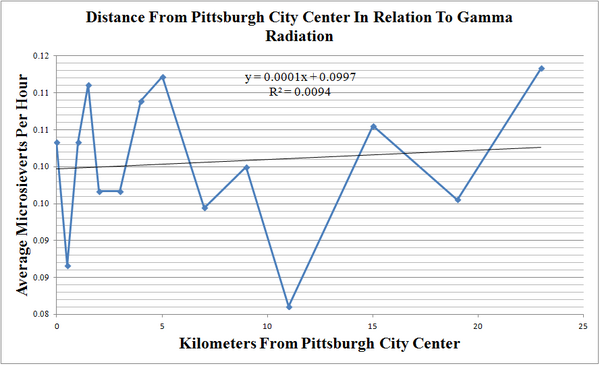Comparative Gamma Radiation Analysis by Geographic Region
(1) Eden Christian Academy, Pittsburgh, Pennsylvania
https://doi.org/10.59720/15-007
Gamma radiation is a high-energy form of ionizing radiation. The recent Fukushima nuclear accident highlighted its significance. This study was conducted in two parts: Part A and Part B. Gamma radiation was measured using a Geiger counter. For Part A, the Pittsburgh, Pennsylvania area was studied to determine if a city center contains higher gamma radiation levels than city outskirts. The data were also analyzed to determine which of the sources tested- metal, concrete, or vegetation- showed higher gamma radiation readings. The City of Pittsburgh had gamma radiation levels approximately equal to its surrounding environs. None of the three sources of materials tested showed consistently higher levels of gamma radiation than the others. For Part B, gamma radiation levels were measured at sites in six states and five foreign countries. These levels were analyzed for a correlation between gamma radiation and the following factors: elevation, Earth’s crust thickness, county cancer rates, and, proximity to the nearest nuclear power plant. A statistical analysis was performed, including a linear correlation t-test. Elevation showed a very strong positive correlation to gamma radiation but when just elevation data from under 2500 m was analyzed, the evidence found was not as strong. The Earth’s crust thickness showed no correlation. The gamma radiation levels in comparison to cancer mortality rates by U.S. county per 100,000 people had no correlation. The data showed that measurements made closer to nuclear power plants equated to slightly reduced radiation levels. A significant radiation source at Soda Springs, California was also discovered.
This article has been tagged with: